Syn.: Astragalus syphilitica Moench, Astragalus leiocarpus Shuttlew., Tragacantha exscapa (L.) Kuntze
Family: Fabaceae Lindl.
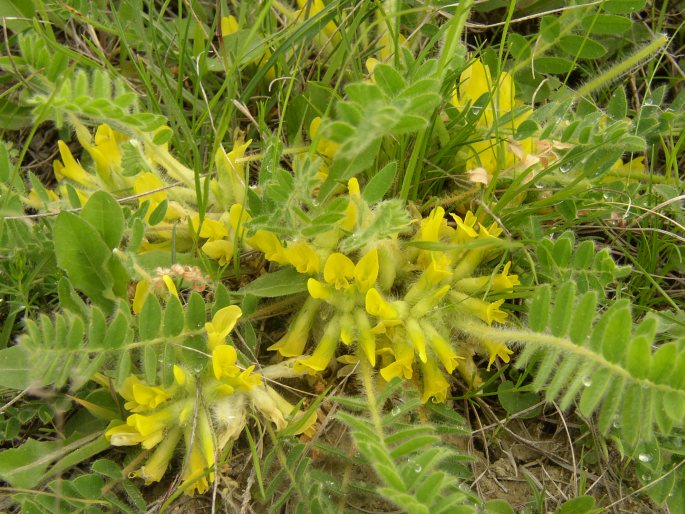
Distribution: Postglacial relict of Central Europe with disjunctive distribution – from northeastern Spain and southern Alps in the west to Moldova and southwestern Ukraine in the east, on the Balkans southward to Albania and northern Greece, northward to Bohemia and German states of Thuringia and Saxony-Anhalt.
Ecology: It grows on steppe grasslands and dry bushy slopes. It blooms from May to June.
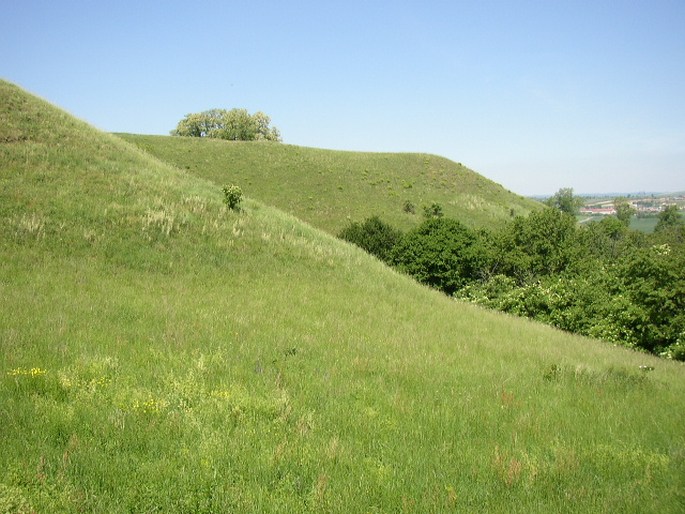
Description: Perennial herb, acaulescent or almost so, with branched stock. Leaves 7–30 cm long, leaflets in 12–19 pairs, elliptic-ovate, 10–25 × 5–10 mm, sparsely or densely hairy on both surfaces. Inflorescence racemose, 3–10-flowered, calyx 12–15 mm, densely hairy, petals 20–30 mm, yellow. The fruit is a legume, 15–25 mm long, densely villous.
Usage: It has been used in traditional medicine (for example for the treatment of syphilis), but also served as a sweetener.
Threat and protection: It is endangered and protected species in some European countries (e.g. Czechia, Slovakia, Hungary, Romania and Serbia).
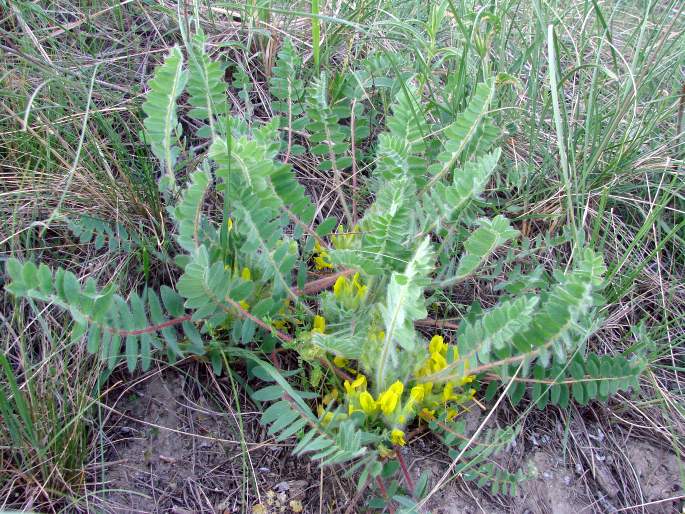
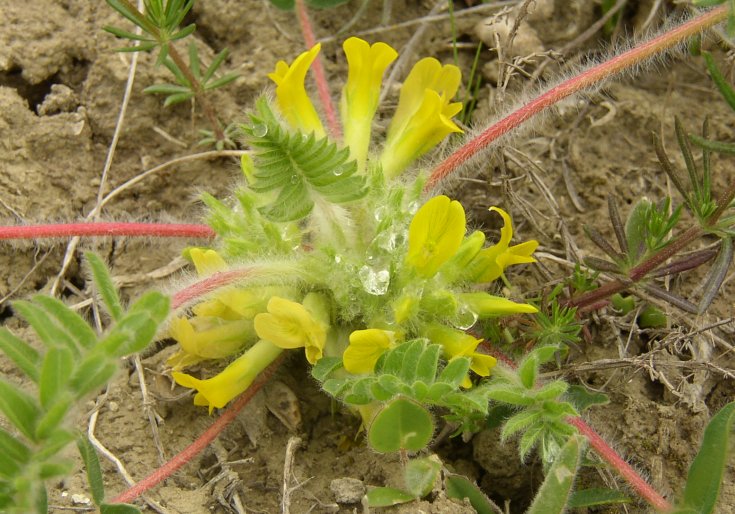
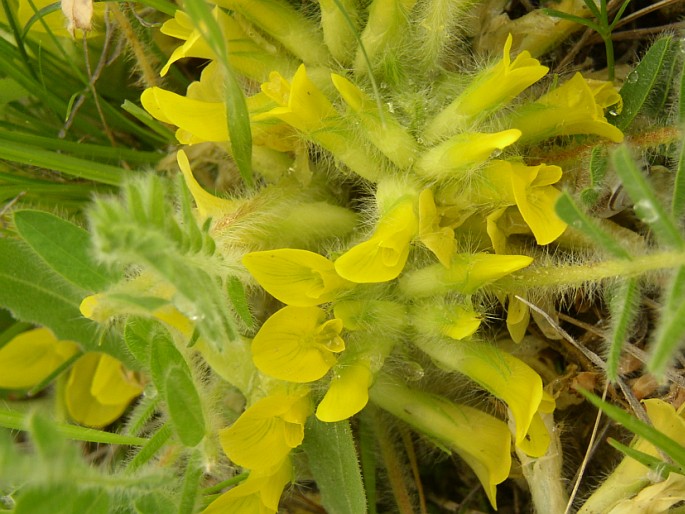
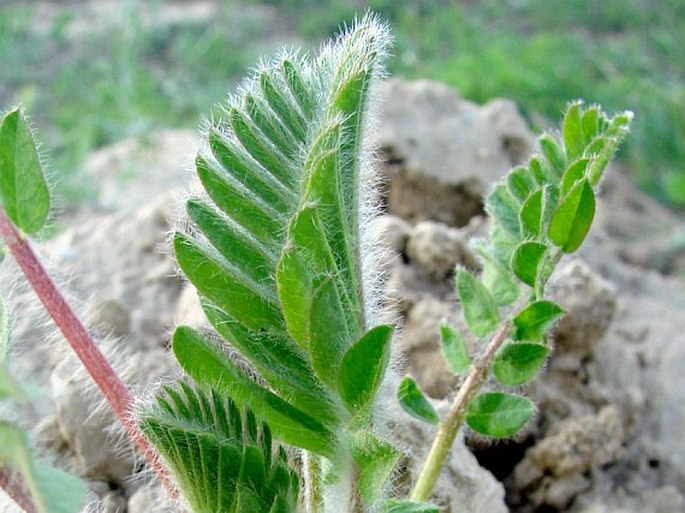
These images were taken in Czechia, Moravia, Čejkovické Špidláky and Pouzdřanská step (May 10, 2003 and May 16, 2004).


